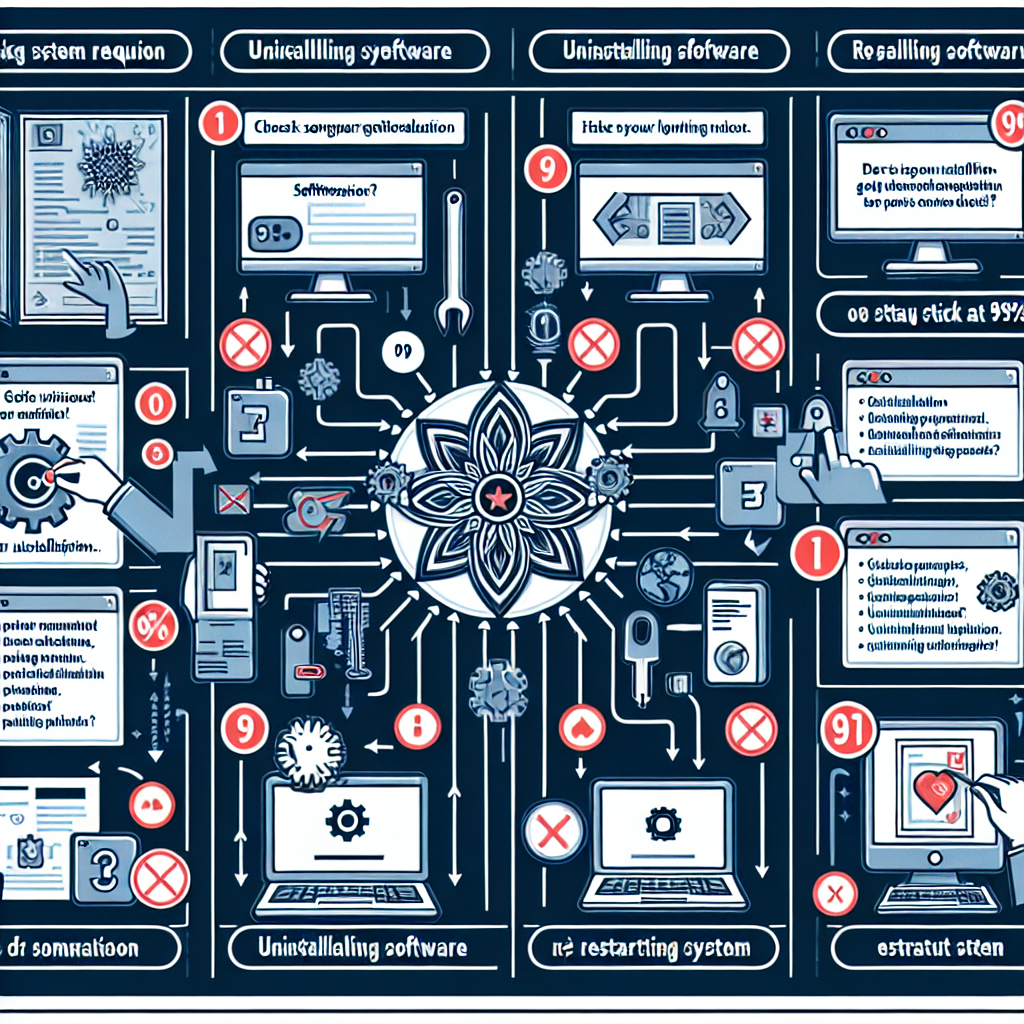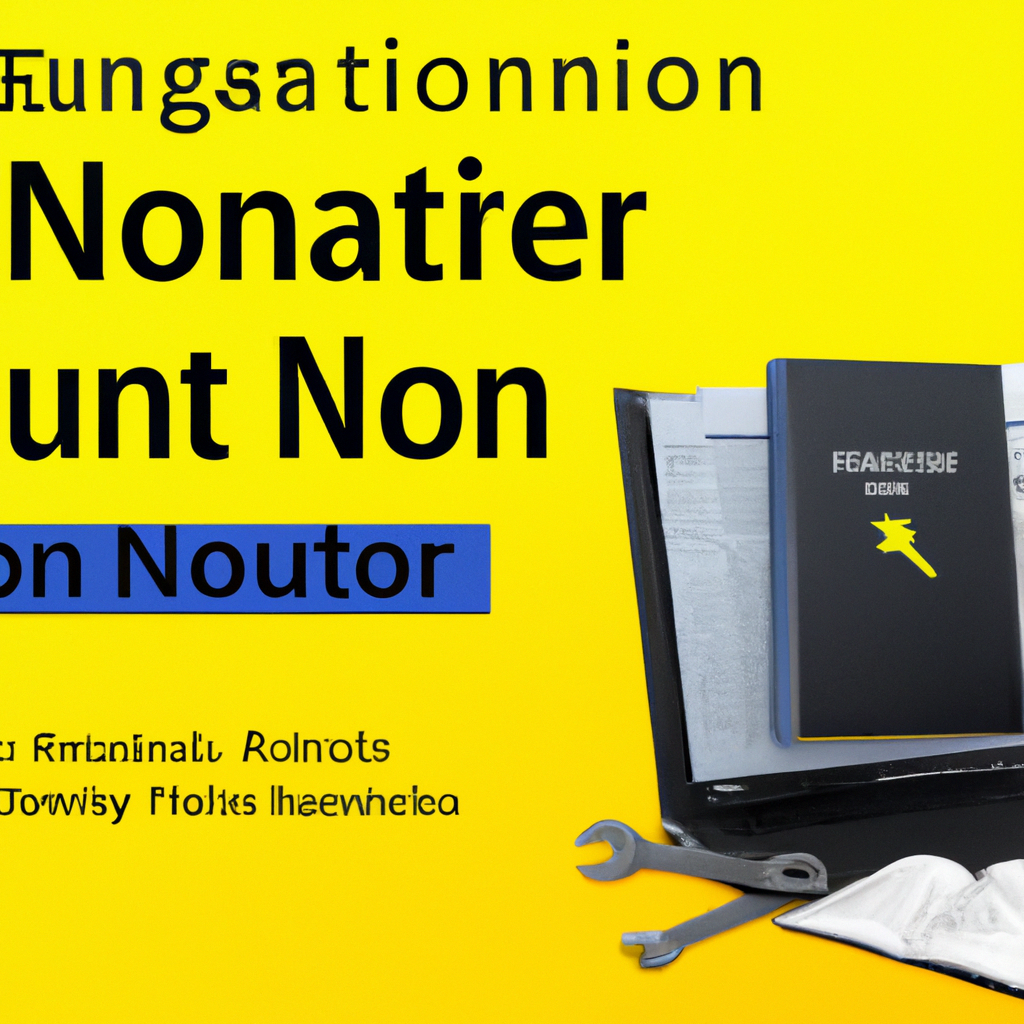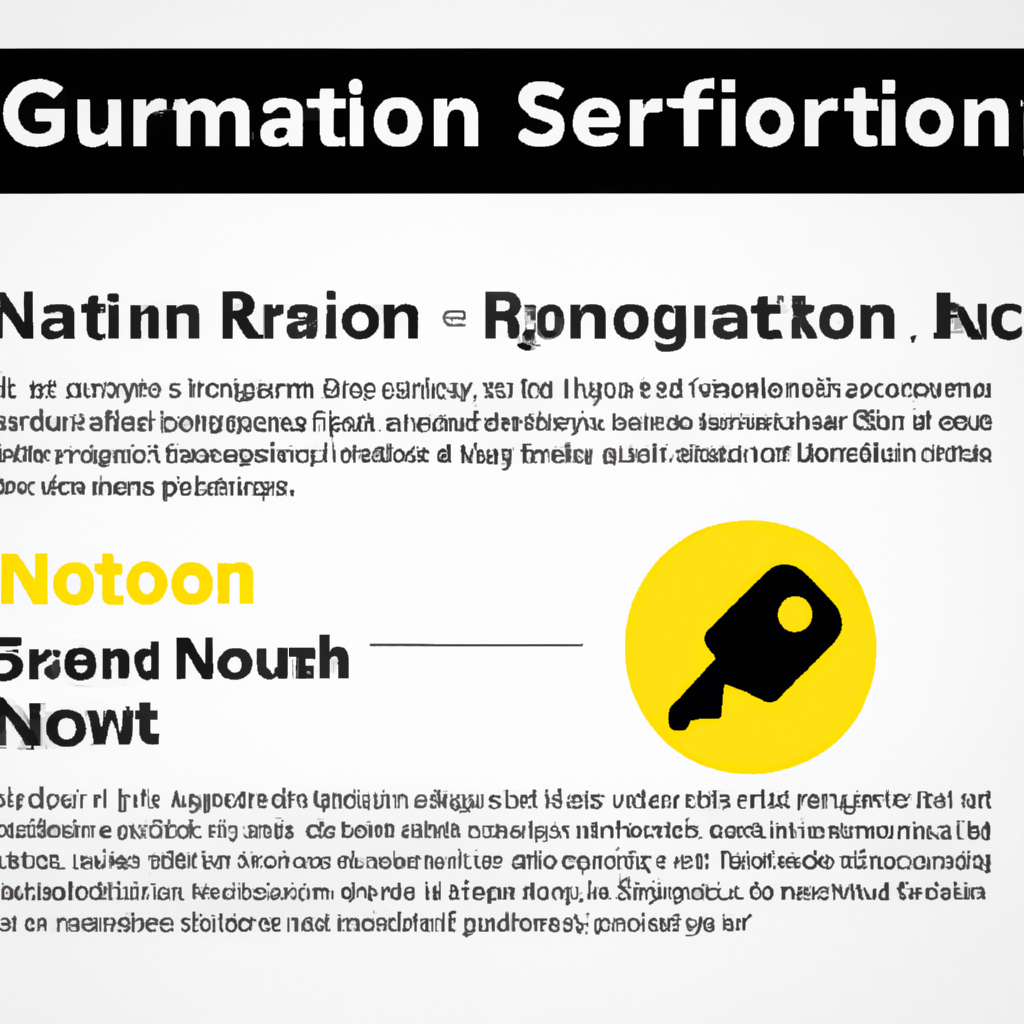How to Configure Firewall Exceptions in Norton 360 Support: Step-by-Step Guide
Properly configuring firewall exceptions in Norton 360 is essential for ensuring smooth network communication while maintaining robust security. Whether you’re troubleshooting blocked applications, allowing trusted programs, or optimizing network access, this comprehensive guide will walk you through the process of managing Norton 360 firewall settings effectively. Learn how to add, modify, and remove exceptions, and discover best practices for firewall configuration to keep your system secure.
Understanding Firewall Exceptions in Norton 360
Norton 360 includes a powerful personal firewall designed to monitor and control incoming and outgoing network traffic. However, sometimes legitimate applications or services are mistakenly blocked, causing connectivity issues. This is where configuring firewall exceptions—or creating firewall rules—becomes crucial. By specifying exceptions, you allow trusted programs to access the network without compromising your PC’s security.
- Firewall Exceptions: Rules that permit certain applications or ports to communicate through the firewall.
- Norton Smart Firewall: Automatically manages most connections, but manual configuration is sometimes necessary.
- Program Control: Set access permissions for specific applications.
Why Add Firewall Exceptions?
Adding exceptions in the Norton 360 firewall is often required when:
- You install new software that needs network access.
- Games or office tools are blocked from connecting online.
- Remote desktop, printer sharing, or file transfers fail.
- Trusted websites or cloud services can’t sync data.
Configuring firewall exceptions in Norton 360 support enhances compatibility while maintaining high security standards.
Preparations Before Configuring Norton 360 Firewall
- Identify the Program or Port: Know the exact executable file or port number that requires access.
- Update Norton 360: Ensure you have the latest version to avoid compatibility issues.
- Backup Settings: Export your current firewall configuration for safety.
- Administrator Rights: Make sure you have administrative privileges on your computer.
Step-by-Step Guide: How to Configure Firewall Exceptions in Norton 360
-
Open Norton 360:
- Launch the Norton 360 application from your desktop or system tray.
-
Access Firewall Settings:
- Click on Settings in the main window.
- Navigate to Firewall and select Program Control.
-
Add a Program Exception:
- Click Add or Configure next to Program Control.
- Browse and select the program executable you want to allow.
- Set the access permission to Allow.
-
Add a Port Exception (if necessary):
- Go to Traffic Rules tab.
- Click Add and specify the port number and protocol (TCP/UDP).
- Define the direction (Inbound/Outbound) and set the rule to Allow.
-
Apply and Save Changes:
- Review your new rule and click Apply or Save.
-
Test the Application:
- Run the program or service to ensure it connects successfully.
Tip: For advanced users, you can further customize rules for IP addresses, protocols, and ports to fine-tune your firewall configuration.
Troubleshooting Common Issues
- Program Still Blocked? Double-check that you’ve selected the correct executable and set the rule to Allow.
- Conflicting Rules? Review existing rules—sometimes a Deny rule overrides your new setting.
- Firewall Not Responding? Restart Norton 360 and your PC to apply changes.
- Lost Internet Connection? Temporarily disable the firewall to test if it’s causing the issue, then re-enable and adjust settings as needed.
Best Practices for Norton Firewall Configuration
To maintain the highest level of security while configuring firewall exceptions in Norton 360 support, keep these best practices in mind:
- Only allow trusted applications and services.
- Regularly review and remove outdated or unnecessary exceptions.
- Keep your Norton 360 and all applications up to date.
- Enable automatic updates for the firewall rules database.
- Avoid creating broad rules; be as specific as possible with IP addresses, ports, and protocols.
Frequently Asked Questions
- How do I know if Norton 360 is blocking a program?
- Check the Security History in Norton 360 for blocked events. You can also try disabling the firewall temporarily as a diagnostic step.
- Can I export and import firewall rules in Norton 360?
- Yes, you can back up your configuration by exporting settings from the firewall settings menu and importing them on another device if needed.
- Is it safe to add exceptions?
- Only add exceptions for applications you trust. Adding unknown or suspicious programs can pose a security risk.
Conclusion
Configuring firewall exceptions in Norton 360 support is a vital skill for any PC user who values both connectivity and security. By following these steps, you can efficiently manage application access, resolve connection issues, and optimize your digital environment without exposing your system to unnecessary risks. Always remember to review your firewall rules regularly and stay informed about the latest security threats for ongoing protection.



